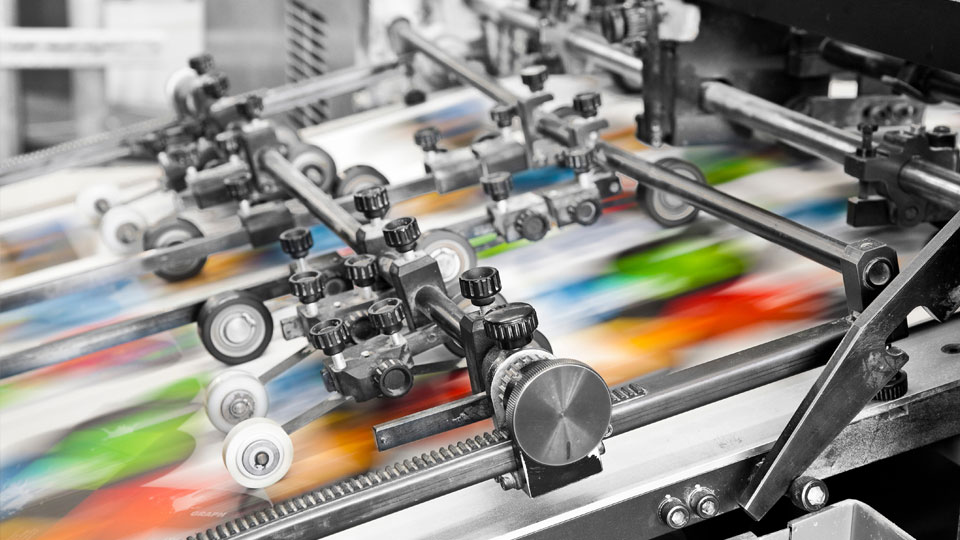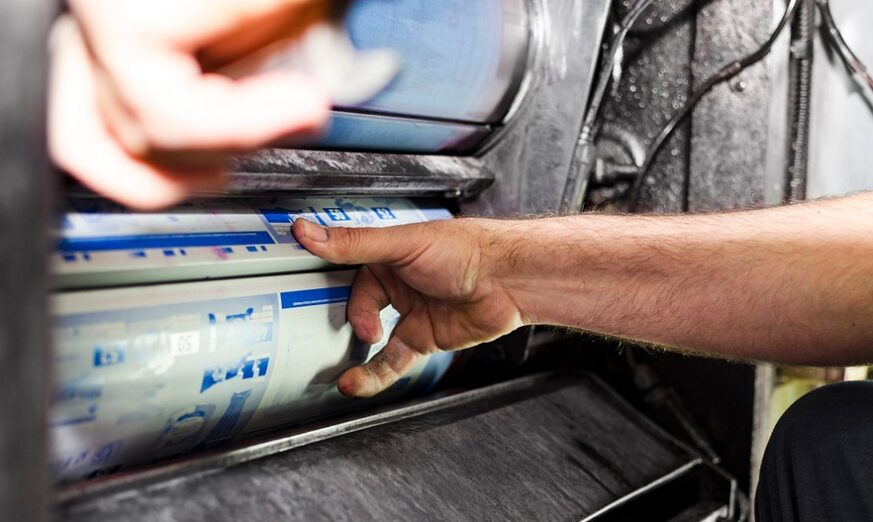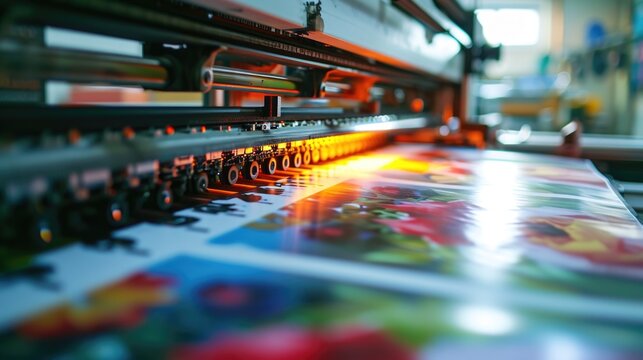In the world of children’s literature, the importance of offset printing for children’s books cannot be overstated. As the preferred method for producing vibrant and high-quality prints, offset printing plays a pivotal role in bringing stories to life. From the texture of the pages to the brilliance of the illustrations, offset printing ensures that each book is a treasure trove of delight for young readers.

What is Offset Printing?
Offset printing is a technique where the image is transferred from a plate to a rubber blanket and then to the printing surface. This method is renowned for its ability to produce consistent, high-quality images and is widely used in the production of books, magazines, and newspapers. For children’s books, this means that illustrations are reproduced with stunning clarity and color.
Why Choose Offset Printing for Children’s Books?
The choice of printing method can significantly impact the final product. Here are some reasons why offset printing is ideal for children’s books:
Cost-Effective for Large Runs
One of the biggest advantages of offset printing is its cost-effectiveness for large print runs. When producing a large number of copies, the cost per unit decreases, making it a financially viable option for publishers who aim to distribute widely.
Superior Print Quality
Children’s books often rely heavily on colorful illustrations to engage young readers. Offset printing delivers superior color accuracy and detail, ensuring that every page is as captivating as the next.
Durability
Children’s books need to withstand rough handling. The materials used in offset printing are durable, ensuring that the book can endure repeated reading sessions and still look good as new.
Comparing Offset and Digital Printing
While digital printing has its place, especially for smaller print runs, offset printing remains the gold standard for children’s books. According to Kaocollins, offset printing provides a level of quality and consistency that digital printing struggles to match.
Key Considerations for Offset Printing
When opting for offset printing, publishers should consider several factors to ensure the best outcome:
Type of Paper
The choice of paper can affect the feel and durability of the book. Glossy paper may enhance the vibrancy of illustrations, while matte paper can be easier on the eyes.
Color Management
Proper color management ensures that the final product matches the author’s and illustrator’s vision. This involves careful calibration and proofing throughout the printing process.
Binding and Finishing
The binding and finishing of the book are also critical. Options such as sewn binding can increase durability, while special finishes like UV coating can protect the pages.
Environmental Considerations
As awareness of environmental issues grows, many publishers are seeking sustainable printing options. Offset printing can accommodate eco-friendly materials and practices, such as soy-based inks and recycled paper, making it a responsible choice for environmentally conscious publishers.
The Future of Offset Printing in Children’s Publishing
The future of offset printing in children’s publishing looks promising. As technology advances, offset printing continues to evolve, offering even more options for customization and efficiency. This ensures that children’s books will remain a staple in the lives of young readers for generations to come.
Conclusion
In conclusion, offset printing for children’s books is a crucial aspect of the publishing process. Its ability to produce high-quality, durable, and cost-effective books makes it an indispensable tool for publishers. As the demand for engaging and visually appealing children’s books continues to rise, offset printing will remain at the forefront, ensuring that each book is a work of art.

FAQ
What is the main advantage of offset printing?
The main advantage of offset printing is its ability to produce high-quality prints at a lower cost per unit for large print runs.
Is offset printing environmentally friendly?
Yes, offset printing can be environmentally friendly when using sustainable materials and practices, such as recycled paper and soy-based inks.
How does offset printing compare to digital printing?
Offset printing offers superior quality and consistency, especially for large print runs, while digital printing is more suitable for smaller quantities.
This article contains affiliate links. We may earn a commission at no extra cost to you.







